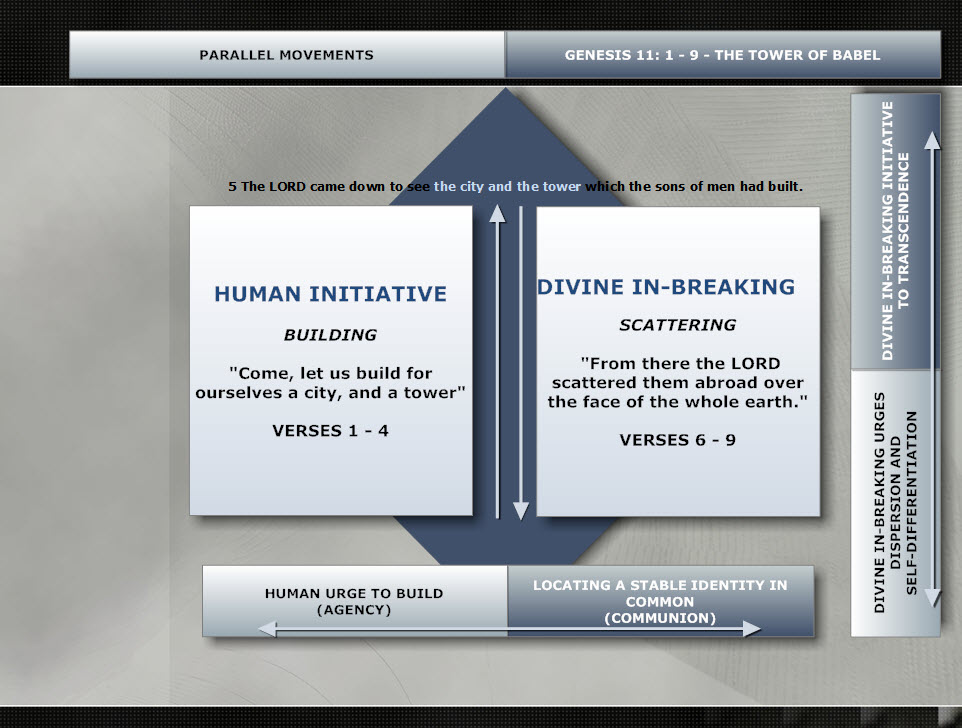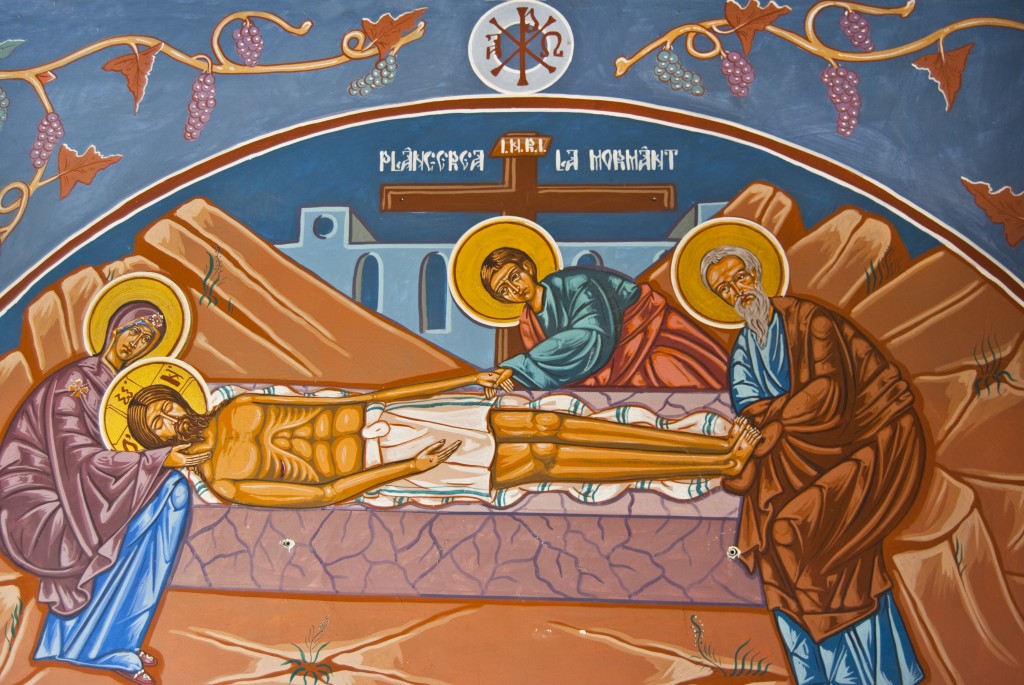Christian spirituality relies upon faith, knowledge, understanding, compassionate action, and transcendent love. As we grow, we emphasize one or another of these dimensions, learning to integrate them consciously with time and practice.

Along the way, our different gifts, particular communities, and unique personalities can both help and hinder us in becoming all we want to become.
Just how each part of ourselves fits together into a whole can be quite a mystery! But discerning just this is often an essential step toward significant progress, but it rarely takes place independently. We need the experience of others, and the perspective they give us from the outside.
A skilled spiritual director recognizes that all these dimensions—and many more—contribute to the spiritual journey, and helps you discover how to distinguish each toward increasing wholeness and balance.
What is Spiritual Direction?
The idea of consulting with experienced guides has a venerable history across the world’s spiritual and religious traditions. Christian spiritual direction developed in the earliest centuries after Jesus as large numbers of men and women made their way to the Middle Eastern deserts seeking to pray and listen to those who later became known as desert fathers and mothers.
Over the centuries, Catholic, Orthodox and Protestant Christianity developed distinct approaches to this ancient practice in their varied communities. While their settings, emphases, and practices differed, all held a common understanding that spiritual direction was a threefold relationship between:
- A person seeking growth.
- A listening companion.
- The divine presence.
Who is a Spiritual Director?
A spiritual director differs from a pastor, counselor, or life coach. While the traditional term “director” seems to imply one person telling someone else what to do, its use in this context describes the process of mutual listening, support and challenge that originate in the client’s relationship with God, Spirit or however the divine presence is understood by that person.
Conversation with an experienced listener assists that individual identify and discern their own direction as revealed over time. A skillful practitioner relies more on an adaptable and personalized process of discernment than on exacting models or techniques, though traditional methods may be used as a starting point.
A spiritual “director” is more of a companion that listens with you to Wisdom, the true Guide. Supporting your development, the relationship challenges your blind spots and calls you to expand your vision beyond what you presently see.
Why Would I Want a Spiritual Director?
While churches, religious communities, and other organizations can offer teaching, mentoring and support for their members, your spiritual path may call you to a time of deepening and increasing growth. Such times can be greatly assisted by a qualified spiritual director who can companion you in venturing beyond your familiar territory.
Some people find periodic spiritual direction a key part of sustaining them through deepening and transition. Others establish long-term relationships with directors that may endure for decades. I have had the privilege of this kind of sustained relationship with a director.
Understanding your desire for direction and your options for finding one will help you discern your particular approach.
How Do I Find a Spiritual Director?
Traditionally, finding a director occurred either by an intentional search for a qualified person or serendipitous discovery of a compatible guide. As the ancient adage, “when the student is ready, the teacher appears” suggests, the latter means of discovery occurs naturally at the moment one is ready for it. When this occurs, it is a remarkable blessing of great worth!
If such a gift seems slow to occur, there are many resources available for finding a director, both online and in varied church communities and organizations. Many retreat centers offer spiritual direction, and a call or email to one nearby may be all you need to do to find just the right person. One helpful online international directory is the Seek and Find Guide from Spiritual Director’s International. There are many directors offering online, telephone, and face-to-face sessions that you can find by searching the Internet and contacting them.
Since spiritual direction usually lasts a full hour each session, most directors and retreat centers charge for this time-intensive ministry. Fees are commonly based on comparable services in the director’s geographical region. You should receive a clear outline of what your director charges and how you should pay them during your first session.
How do I Know a Spiritual Director is the Right Person for Me?
This is an important question, and is part of the initial discernment process you and your new-found guide will pursue. A director should provide introductory sessions that allow you to easily step away from that relationship if it does not meet your needs nor seem to fit.
A director will also be discerning whether he or she is the person for you as well, and may suggest colleagues or other resources that can assist you more fully.
Knowing whether the relationship is the right fit is a mutual discernment and an important step in both your journeys.
My Approach to Spiritual Direction
As a Roman Catholic with a strong Protestant background, I integrate Benedictine, Franciscan, Ignatian, and Carmelite spiritual traditions with contemporary developmental insights, upholding ancient wisdom while drawing from emerging knowledge about human interior growth. As a young Protestant, I was profoundly influenced by Richard Foster’s Celebration of Discipline, a book that began my hunger for a fully integrative approach to Christian life, service, devotion, and discipleship.
I esteem one’s faith tradition as a rock to build upon, but I also know there are many times those traditions are either absent or seem to come up short at intervals in our lives. There are other times we feel called to deepen and extend our interior lives, but are not sure how to proceed.
With over four decades of contemplative Christian life, ministry, advanced theological and spiritual direction training, I work with a variety of Christian and other adults desiring to deepen their interior lives, whether due to a simple sense of calling to “more,” or during faith challenges and transitions.
How I Work With People & An Invitation
In the early 2000’s, I attended a two-year spiritual direction formation program that has deeply confirmed and influenced the way I approach the spiritual direction relationship. The program’s title, “Listening to the Wisdom of the Heart,” summarizes my intention as a director. I value personal integrity, transparency and compassion, and honor the wisdom already present in each heart as primary spiritual guide.
I serve a small number of Roman Catholic and Protestant individuals, as well as those from non-Christian religions and those who consider themselves “spiritual but not religious,” by offering both support and challenge for their journeys. Sessions take place via prearranged telephone, Skype or in person when geographically practical. I charge a negotiable, income-based sliding scale rate.
I am currently available to companion a few new clients. If you would like to arrange a conversation to discuss possibilities, please feel free to contact me via the form below. I will respond to your inquiry as soon as possible.
Thank you!






